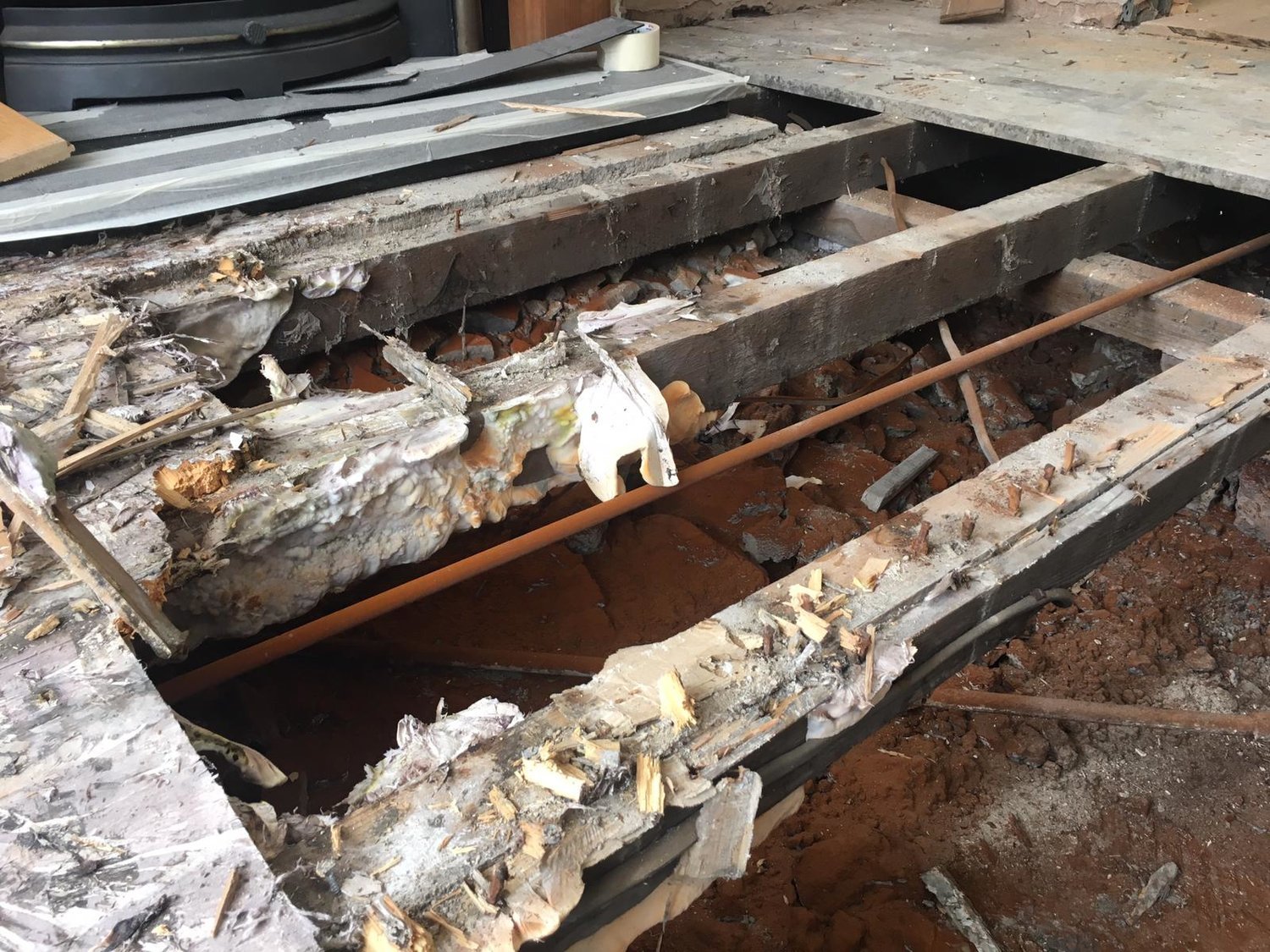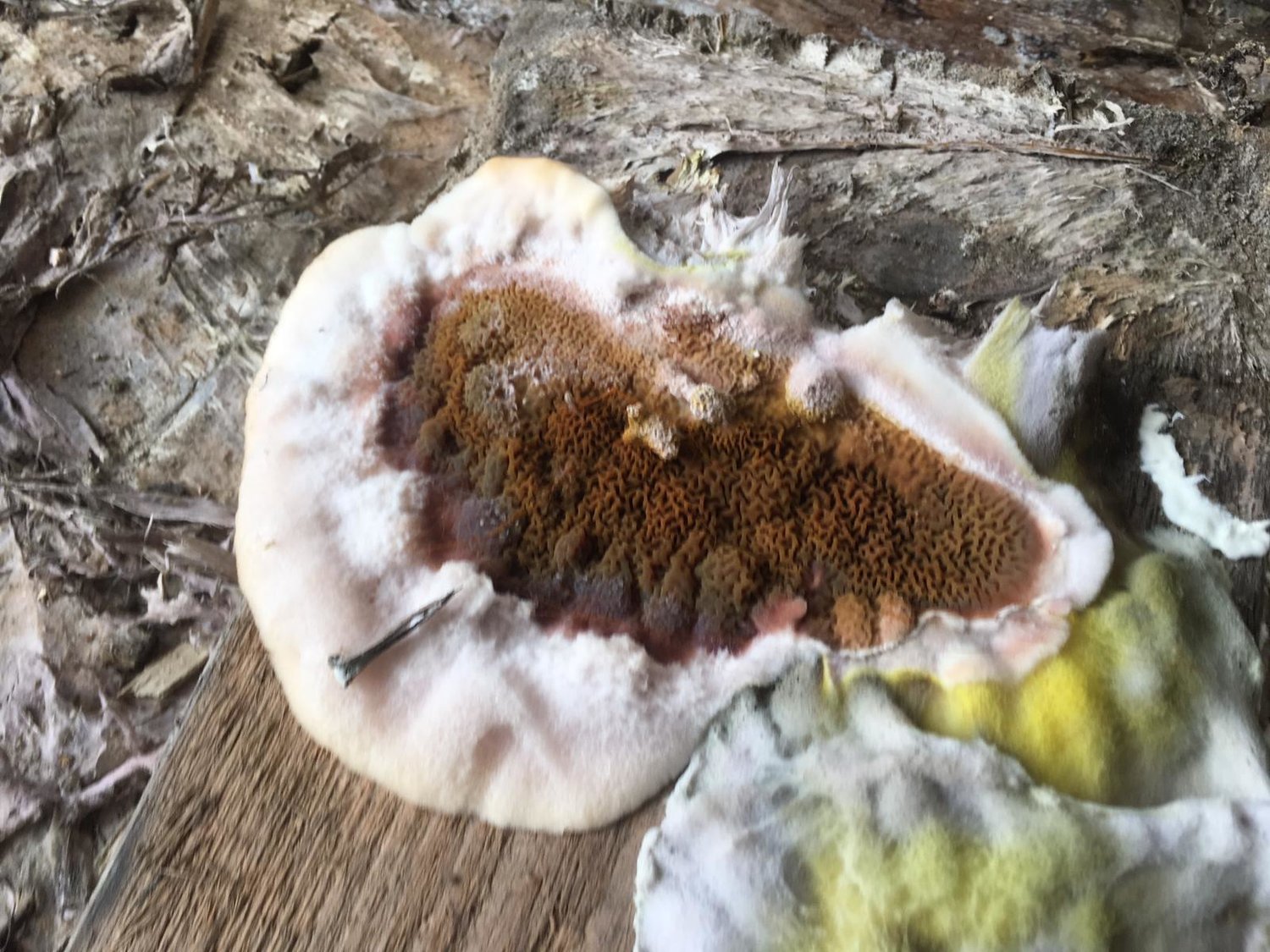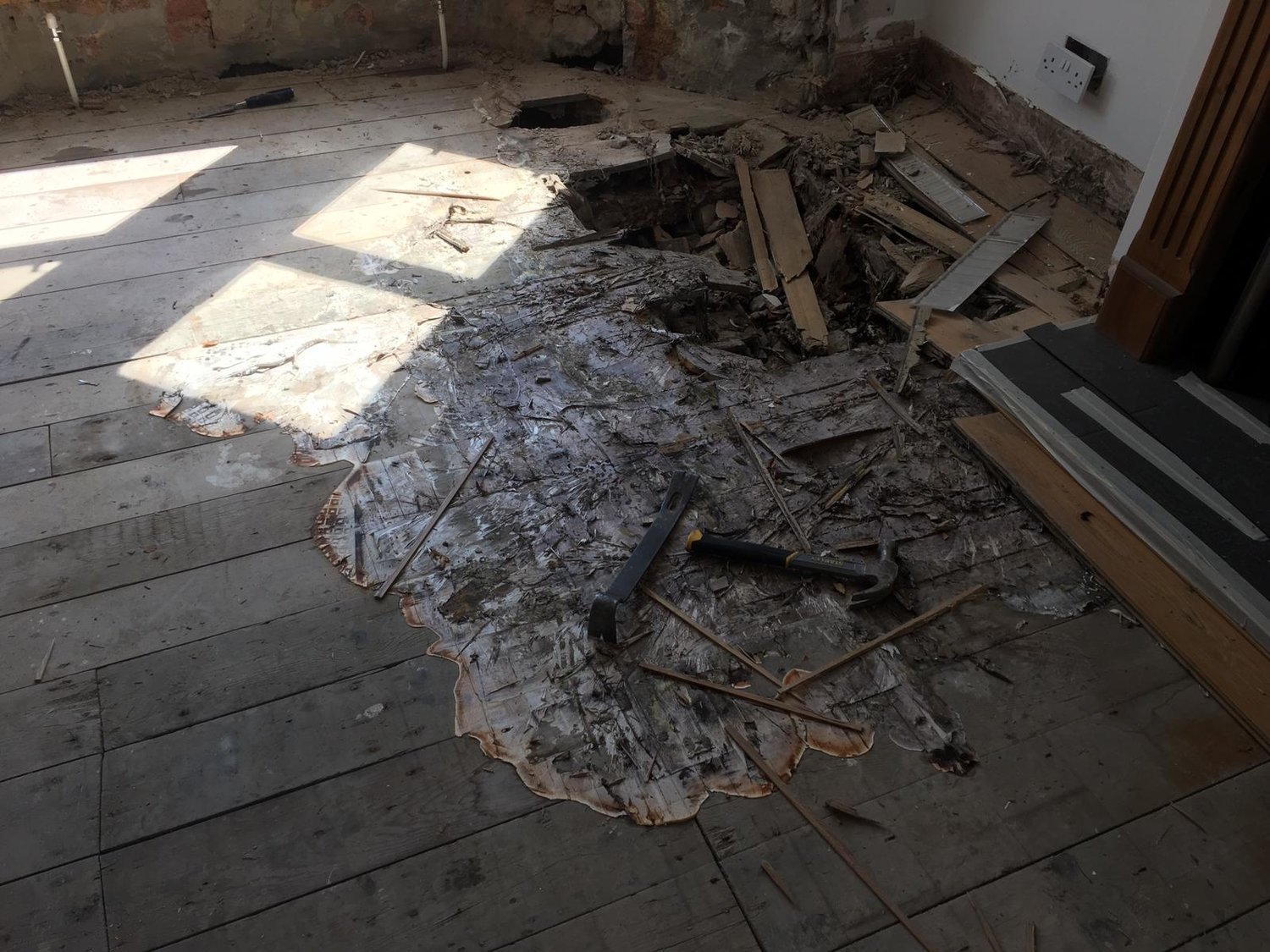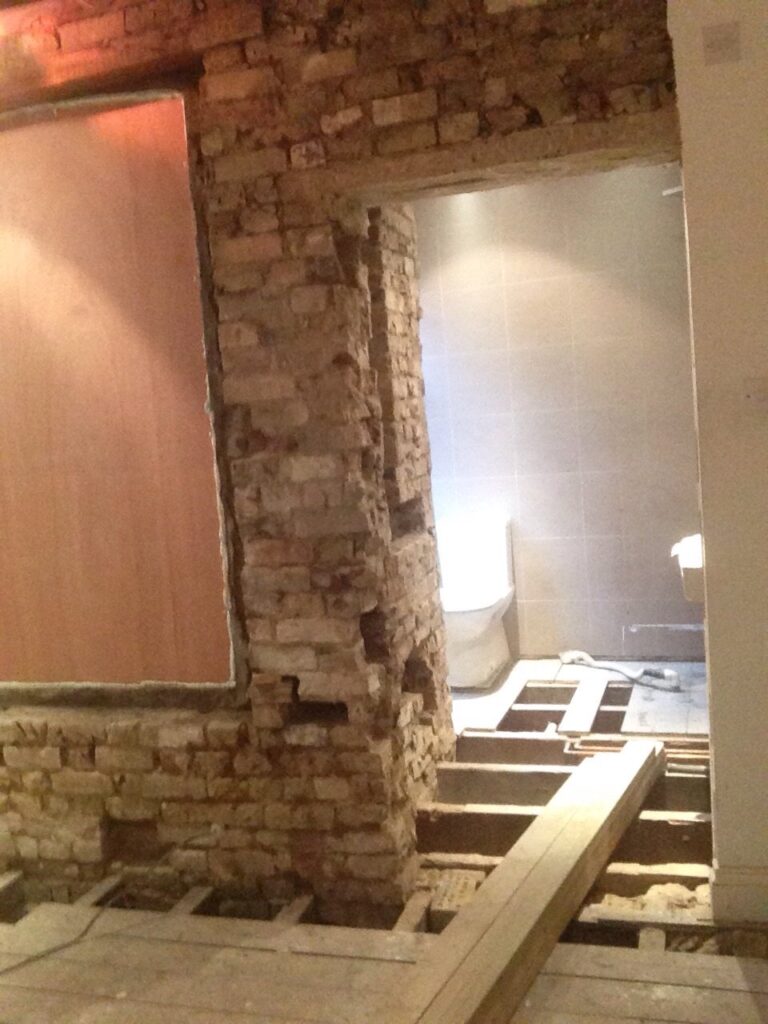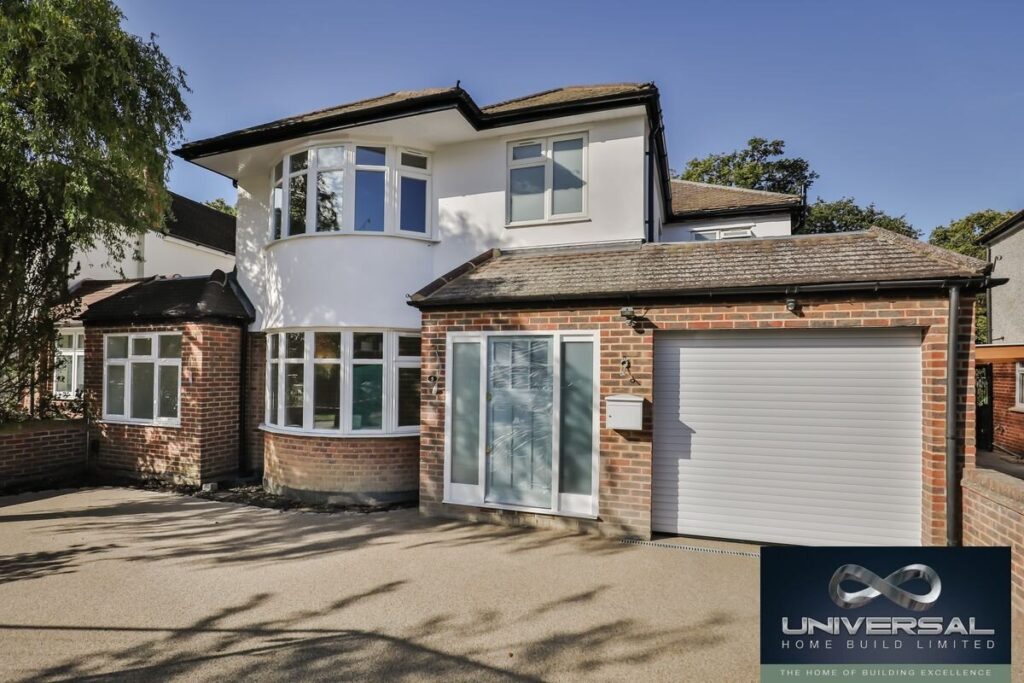Dry Rot Treatment
Dry Rot Treatment
The Dry rot fungus “Serpula Lacrymans” is commonly known as the cancer of a building. It can be incredibly destructive if left untreated and will quickly spread and affect timber throughout the home. It is so common in London that we generally have a live Project for you to visit at any given time. Universal Home Build is an expert in Dry Rot Treatment. Our Surveyors are highly experienced, Denis Beech the longest-serving Surveyor in the UK who has experience of any possible dry rot scenario.
The most important point to understand is that for dry rot to live water or dampness must be present. If an area is dry, then the fungus is unable to use dry timber as its food source. Likewise, good subfloor ventilation provided by air bricks is very important in helping to move moisture away from timbers beneath the floor. The actual decay of the wood is the reverse of its formation, dry rot attacks and breaks down the wood causing it to lose weight and strength.
Expert knowledge is required to eradicate a very destructive problem
Strands of the fungus can develop allowing it to spread over inert materials such as mortar and brick, this is one of the main issues that makes rot so destructive. Typical causes are from either water ingress or timbers being in contact with damp masonry. Initial signs are rust-coloured dust appearing on surfaces, skirting boards cracking and fungal growths appearing.
Treatment will initially be locating and rectifying the source of the water. This may require work to the external facade of the building, guttering, down pipes or the installation of a damp course system.
When purchasing a home many buyers do not opt for a survey that will look to determine if damp and subsequent timber rot or infestations might be present. Our Pre-Purchase Survey fee is £395.00+VAT and includes a detailed comprehensive site-specific colour, photographic with CAD drawing. Please see our Damp Proofing section for details of what is included.

